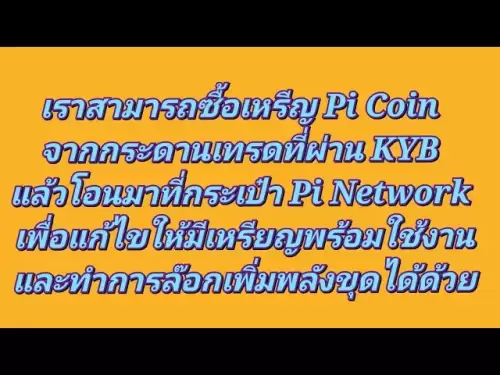
May 5, 2025, witnessed a groundbreaking moment in the IOTA ecosystem with the successful initiation of the IOTA network upgrade, also known as IOTA Rebased. This milestone marks a pivotal shift for IOTA as it transitions from the Stardust framework to a new and more developer-focused Mainnet.
This new stage is poised to open up the space for smart contracts, advanced tokenization, and greater scalability.
"IOTA Rebased begins Today: the transition to a powerful new Mainnet. From a network pause to the Genesis Ceremony and the mainnet’s rebirth, each step of the journey will be shared with the community. This was mentioned in a post by the official account of IOTA on X today. The post further added that the network is ready for builders to deploy, test, and create.
For IOTA token holders, the upgrade is completely frictionless. No token migration is necessary. Users can simply load their existing wallet credentials— mnemonic phrases, private keys, or Firefly/Bloom strongholds—into the newly launched browser-based IOTA Wallet. The older Firefly wallet will be phased out gradually, while Ledger hardware wallet support will continue, although a manual installation of the new IOTA Ledger app is required due to changes in Ledger Live compatibility. To provide users with even richer control and insights, the IOTA Wallet Dashboard Web app will be launched shortly, offering users greater visualization of their token holdings and Assembly to IOTA vesting details.
At approximately 9:00 am CEST, both the Stardust Mainnet and the IOTA EVM were paused together to commence the multi-step Genesis Ceremony, supervised by the IOTA Foundation along with twelve other trusted validators, including Nansen, Blockscope, Kiln, and more. The process involved the creation of a complete snapshot, submission of validator metadata, address mapping, and finally, achieving consensus on the genesis.blob. Each validator diligently verified and signed the genesis data, contributing to the generation of the finalized genesis.blob, which is a snapshot used to bootstrap validator nodes. Once consensus was reached, the IOTA Foundation deployed the new node software and reactivated essential infrastructure components—APIs, RRC endpoints, wallet applications, and the network explorer.
IOTA network activity can be monitored using two blockchain explorers: the official IOTA Explorer and the community-developed IOTAscan, which provides real-time insights into transaction flows, validator operations, and smart contract interactions. Additionally, a third-party wallet option, Night Wallet, is accessible via mobile and web platforms, offering an alternative route for managing digital assets.
Apart from the mainnet reboot, the IOTA EVM (Ethereum Virtual Machine) will resume service later today, and users can continue interacting with it through MetaMask. A newly introduced IOTA EVM Bridge Web App will facilitate smoother and easier token transfer between Layer 1 and the EVM.
As part of this transformation, the IOTA validator ecosystem is expanding, kicking off with 13 validators who will participate in launching the new chain. The network is expected to grow to approximately 50 validators within a few days and further scale to 150 validators in the coming months. IOTA token holders are encouraged to contribute to the decentralization and security of the network by joining an announced validator or applying to become a validator.





















































































